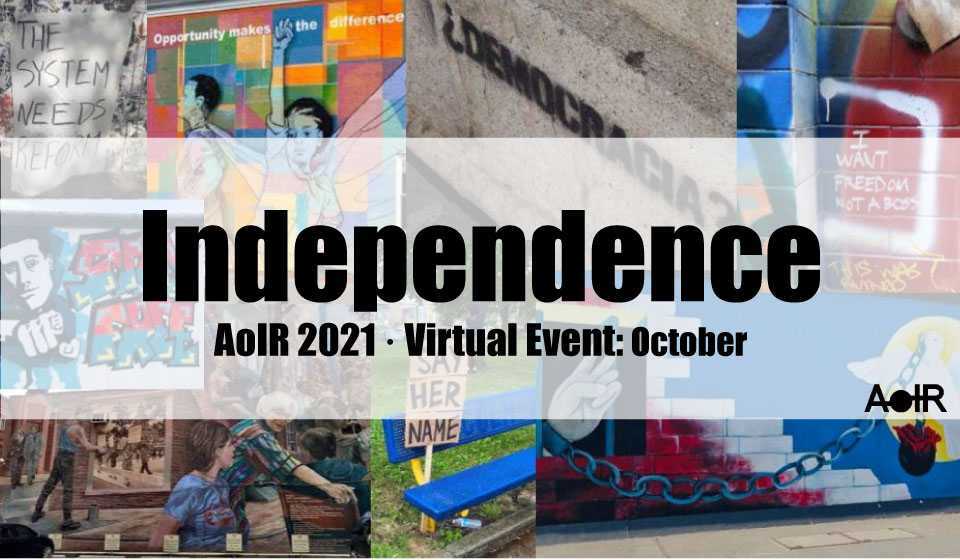EFFECTS OF PHYSICAL DISTANCE AND SOCIAL CLOSENESS IN VR AND TEXT ON SPATIAL DISTANCE ESTIMATION
DOI:
https://doi.org/10.5210/spir.v2021i0.12263Palabras clave:
virtual reality, social closeness, distance estimation, motivated perception, construal level theoryResumen
How do mediated social interactions affect your perceptions of the world around you? We extend previous research that examines how mediated interactions affect spatial distance perception by comparing two explanatory theories: motivated perception and construal theory. In two studies, we contrast the effects of talking to a remote versus a co-located partner on perceptions of physical distance, comparing virtual reality (VR) and texting conditions. We demonstrate an interaction across media: participants who report feeling socially close to a conversational partner located in a distant city estimate that city to be closer. However, participants who report feeling more socially close to a co-located conversational partner estimate a larger distance to the city their partner is describing. We discuss the implications for media use in a period of increased virtual interactions.Descargas
Publicado
2021-09-15
Cómo citar
Won, A. S., & Kim, B. (2021). EFFECTS OF PHYSICAL DISTANCE AND SOCIAL CLOSENESS IN VR AND TEXT ON SPATIAL DISTANCE ESTIMATION. AoIR Selected Papers of Internet Research, 2021. https://doi.org/10.5210/spir.v2021i0.12263
Número
Sección
Papers W

